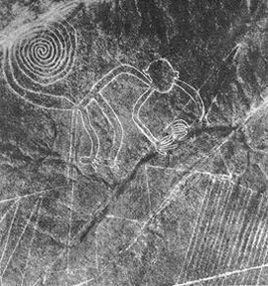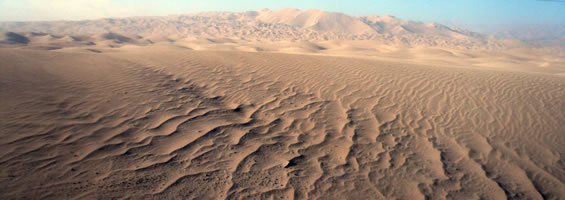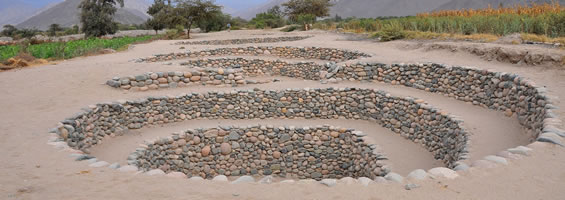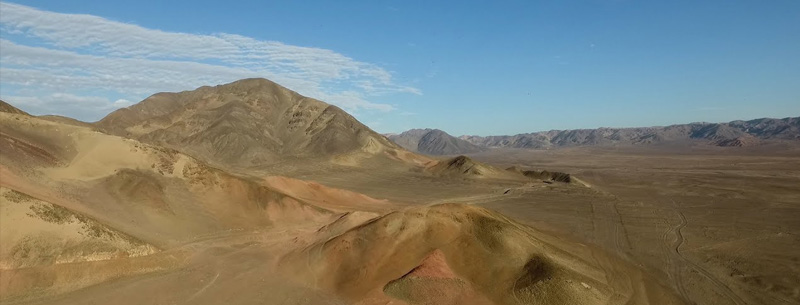Nazca Peru Travel Guide
Nazca is located in the Nazca Desert, a high arid plateau that stretches 53 miles between the towns of Nazca and Palpa on the Pampas de Jumana in Peru. They were created by the Nazca culture between 200 BCE and 700 CE. The city of Nazca is known primarily for the “Lines” or “Geoglyphs” in the desert, large depictions of animals and other designs etched into the surface by an ancient culture. The Nazca lines cannot be recognized as coherent figures except the air.

Nazca is located just two hours from Ica, The Nazca Lines, discovered in 1927, are the most extraordinary legacy left by a culture that flourished in 300 BC.
The lines are a series of complex designs, some up to 300 meters long from an altitude of at least 1,500 feet by air.
Location: Central Coast, 1,929 feet (588 m.) above sea level
Nazca Lines
Peru’s world-famous Nazca lines are intriguing and shrouded in mystery. Their reputation is so great that it might be a contributing factor to the fact that many travelers leave a little disappointed by the experience. Nonetheless, the Nazca lines are one of Peru’s travel highlights, and well worth a visit, especially for those who seek alternative travel attractions.

Just north of the town of Nazca, the lines are found etched in the desert. There are numerous huge figures such as those of dogs, spiders, monkeys, and birds. The lines are best seen from the air (there are numerous airlines and tour operators in town offering cheap flights over the Nazca lines) though there are also numerous viewing platforms. It’s not fully known who produced the amazing geometric lines, but they are though to date back as far back as 900 BC to the Paracas people.

There are numerous other travel attractions near Nazca in addition to the lines themselves. There are various mummy-filled cemeteries and tombs such as those of Chaucilla, as well as Inca ruins at Paredones, pyramids at Cahuaci, and ancient underground aqueducts. 170km South of Nazca is the fishing village of Chala which has some decent beaches and pre-Columbian ruins nearby.
City of Nazca
The city of Nazca is a friendly town on Peru Southern Coast. It’s very famous for the so-called Nazca Lines, a mix of long lines, geometrical figures, and giant drawings in the desert sand.
The Nazca culture is not believed to have been capable of manned flight. Normally the question remains as to how they crafted the drawings, what technology they used, and what purpose the lines served.
Nazca lies on the arid flats, inland from the coast, along the Pan-American Highway. There are several sights and activities to take advantage of in and around Nazca. The Museo Didattico Antonini offers information on the Nazca culture and local sites, particularly Cahuachi. The nearby Cemetery of Chauchilla contains Nazca remains and mummies.
Best of Nazca
South of Nazca City:
Chauchilla
Pre-Inca cemetery, in which the profanation of tombs by the huaqueros, has left open some tombs in which you can appreciate the old inhabitants’ remains. It is located at 28 km (17.4 miles) to the south of Nazca.
Estaquería
Archaeological place of the Nazca culture, solar observatory, on platforms made of adobes and columns of “huarangos”, This archaeological place is near to Cahuachi.
Planetarium Maria Reich
The Nazca Lines show present Maria Reiche’s theory, and the connection she found between the Nazca Lines and some astronomical events. She theorized the lines were oriented towards the places on the horizon where different celestial objects appeared and disappeared.
Cahuachi
It was a ceremonial center, a sacred destination of Nazca pilgrims. Normally each participating community demonstrated their true belonging to their religious community by banqueting, dancing and singing, thus explaining why in Cahuachi there is little garbage, while offerings abound (sacrificed llamas, pan flutes and musical drums and guinea pigs, fine textiles, human burials and pottery representing deities).
North of Nasca City:
Paredones
Archaeological Inca center, located at 2 km (1.24 miles) East of Nazca. Constructions of plazas, ceremonial center,deposits, fortresses.
Aqueducts of Nazca (Puquios)
Archaeological remains of the Nazca culture, it shows the high development reached in hydraulic engineering, complex of underground reservoirs and aqueducts.
Nazca History
The city of Nazca was founded in 1591 by the Spaniards, on the valley of Nazca, close to towns inhabited by old civilizations that had been dominated by the Inca. The ancestral name was Nanasca. The town of Nazca, is a gentle town, slowly developing; in which its main economic activity is based on agriculture and the trade.
Tourism to this area is related directly to the Nazca Lines and another archaeological complex as Estaquería, Cahuachi, Chauchilla Cemetery, and Paredones. In Nazca you will be able to find many ceramic artisans whose style remembers their ancestors. The town of Nazca has comfortable hotels, restaurants, banks, Internet cabins, and an aerodrome.
Getting to Nazca
There are several frequent collectivos to and from Ica. They leave when full, it takes 2 to 3 hours and cost around USD 3 and USD 4. There are several direct overnight buses from Cuzco. They leave in the evening and it takes 14 hours, but delays can occur in the wet season. Prices vary between USD 20 and USD 40.

If you visit Nazca, you can continue your trip to Cuzco by bus around (12 hours) or go directly to Arequipa City (8 hours). These trips are at night and thus you will gain a day if you do not return to Lima
For a lot of travelers and tourists, Nazca is where the Panamerica highway begins or ends. Arequipa somewhat in the mountains is 9 hours away. Cuzco anything from 24 to 40 hours. The other way, you could go to Ica in three hours or continue to Pisco in another hour.
Folklore Nazca
The predominant folklore is one of the colored people (African ancestry), coverall in the town of Bothers, emphasizing by its music and dances cheers, and festive. Its more important celebration is by the end of February where its art in music can be appreciated all and dances Local folklore in Nazca does not attribute the original Nazca lines to the native population.

Nazca is famous for its drinks elaborated with the grape as the wine and the famous Pisco(a native of Peru), which can be enjoyed in special in the Celebration of the Vendimia.
